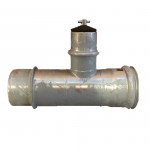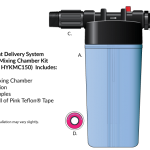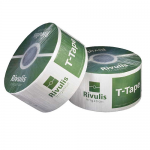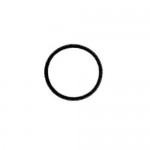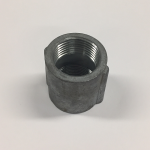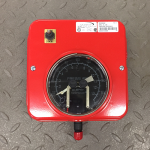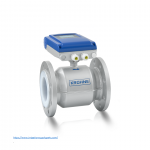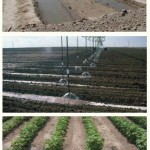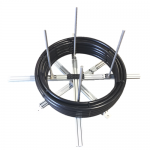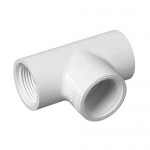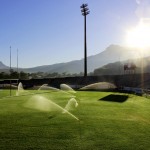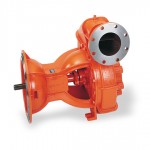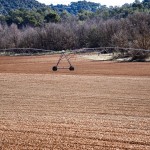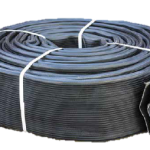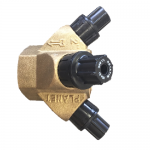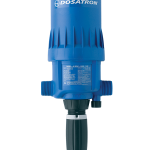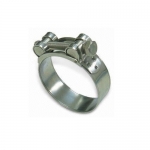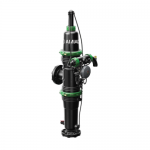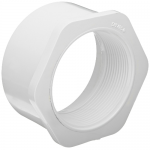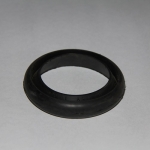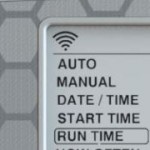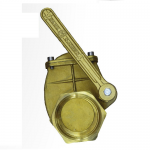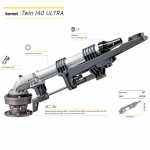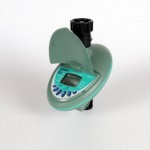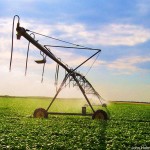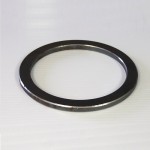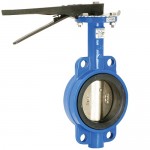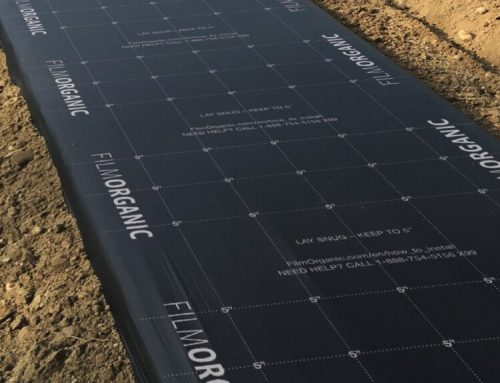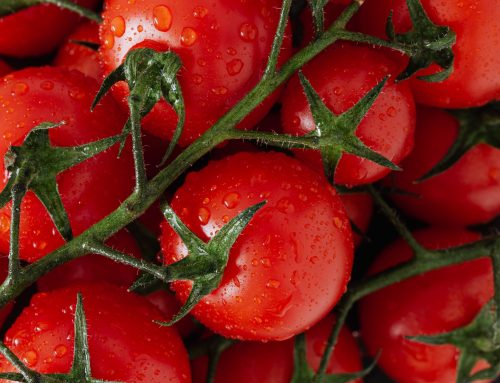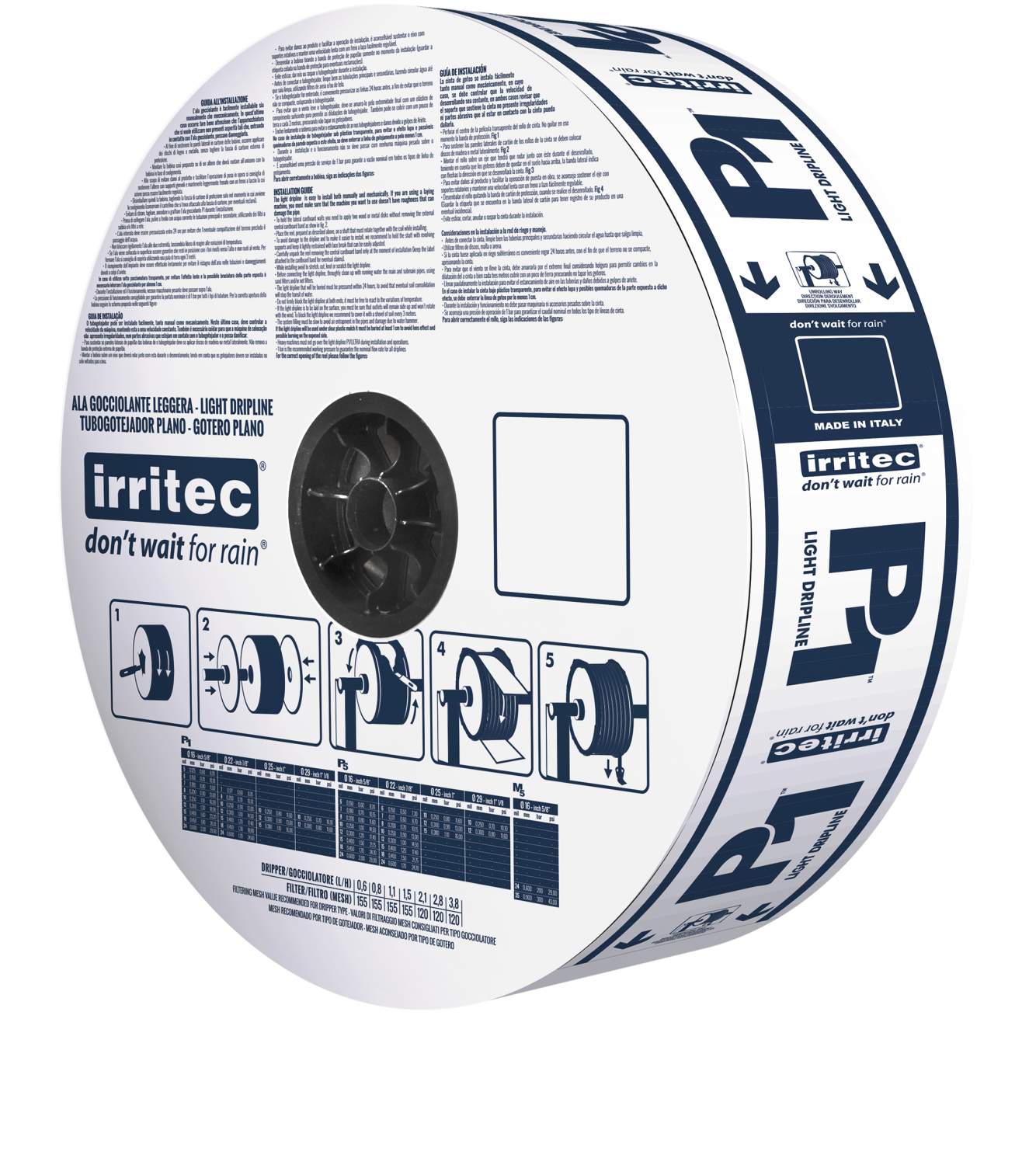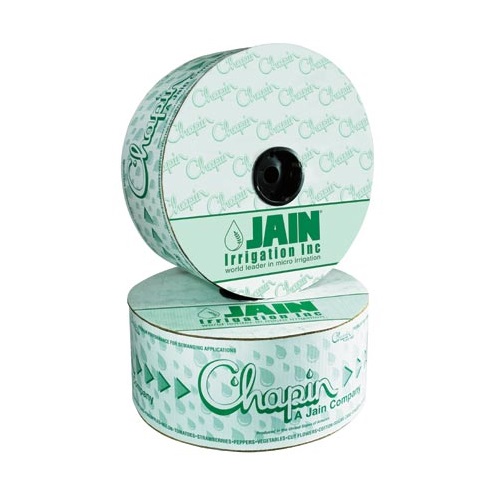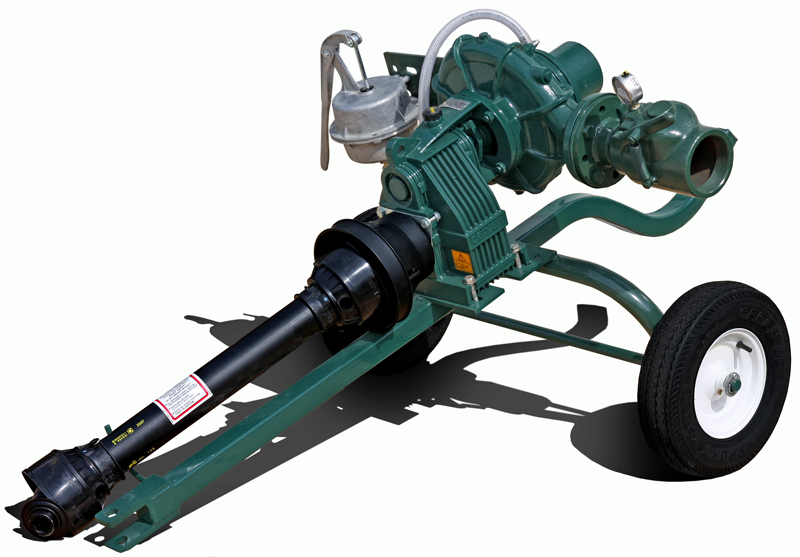Many farms are gearing up for the high watering season, with temperatures and weather being more unpredictable than ever, it’s always good to be prepared. The life of an irrigation system is dependent on the quality and durability of its parts, as well as the care and maintenance the equipment receives. If your irrigation system is not currently connected to the newest technology which monitors wear and tear, as well as performance, you may want to consider upgrading this spring. Although there are many types of irrigation systems being utilized for a variety of agricultural applications, mechanical problems due to wear and tear, as well as efficiency, are two characteristics all irrigation system owners must contend with.
Drip Irrigation, Sprinkler Irrigation, as well as Center Pivot Irrigation, and Lateral Move Irrigation, have to be maintained and upgraded to perform at industry standards. For farmers, profit margins are dependent on cost, and the efficiency of the irrigation system requires a balancing between upgrades and maintenance to stay competitive.
Reducing water usage is also highly dependent on the overall functioning of your irrigation system. Frequent areas of water loss can be in worn gaskets, damaged hoses, clogged filters, bad valves, and clamps. Upgrading to technology which can sense the moisture level in the soil, sense rainfall, and shut down irrigation as needed, and be auto programmed to release exactly the right amount of moisture, is the most common way to ensure reduced water usage today.
PVC fittings should be able to last a lifetime, but the most common failures are when the glue which holds them together fails, or when friction from too much pressure forces the system to malfunction. Pressure regulators, low pressure safety gauges, and filters, should be utilized and maintained to ensure stable and planned pressure ranges.
The Mini Sigma Automatic Self Cleaning Filter by Amiad is an example of the top of the line filters available to keep your system clean and reduce energy consumption. Ideal not only for farming, but also perfect for landscape usage, the modular design offers various installation configurations. Algae can grow inside irrigation systems and be capable of trapping and accumulating silt, sand, and debris inside your irrigation system. The results can damage your system causing reduced flow, increased pressure, and ultimately malfunctions or leaks. Murphey gauges and panels are also an affordable option for having fewer maintenance problems as Murphy allows for automation and has auto shut down for high temperature or pressure situations.
Irrigation hoses are required for low flow and high flow irrigation systems. Although most intake and discharge hoses or tubing is made of durable material, depending on the amount of usage they get, and the amount of movement or exposure to the elements they are subjected to, can influence the usability of the equipment. Be prepared to inspect hoses and tubing for areas of wear and tear, punctures, fractures, or splitting.
Spring is the right time to order your irrigation replacement parts and fittings, to make sure your irrigation system is operating at its best when you need it most.
- Tigerflex “SolarGuard” Hose
- McDowell Spring
- KROHNE Optiflux 4100
- Irrigation Systems
- Tee – FPT x FPT x FPT
- Sprinkler Irrigation
- Agricultural Irrigation Equipment
- Dosatron Fertilizer Injector D8RE2
- Single Bolt Hose Clamp
- Reducing Bushing – Spigot x FPT
- Rainway Round Gasket – 3 Inch
- Behyve sprinkler timer with mobile phone capabilities
- Komet Twin 140 Ultra Gun
- field irrigation
- Weld-On Steel Ring for Shug Grip Coupler
- Cast Iron Wafer Style Butterfly Valve Lever Operated



